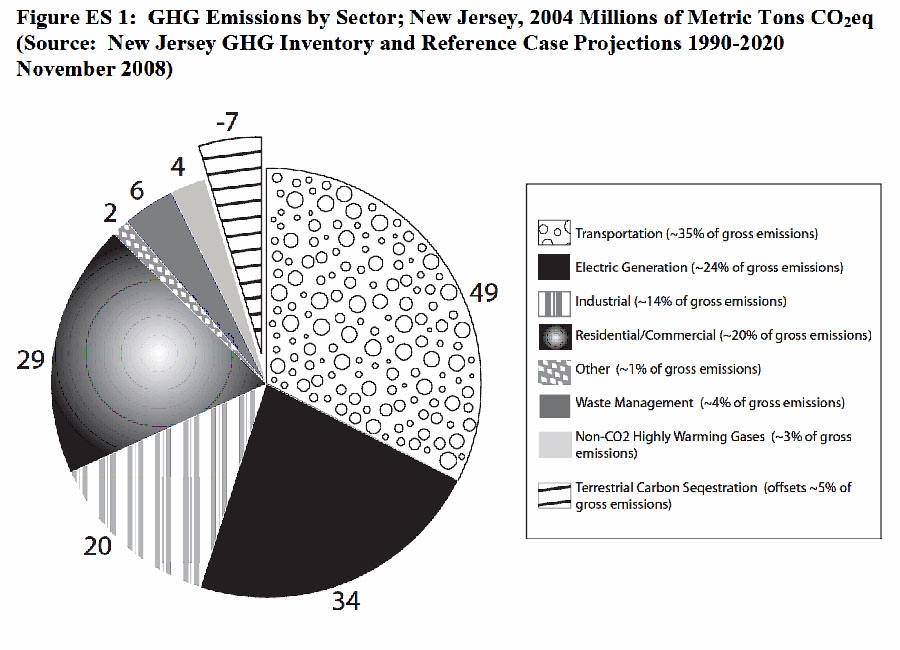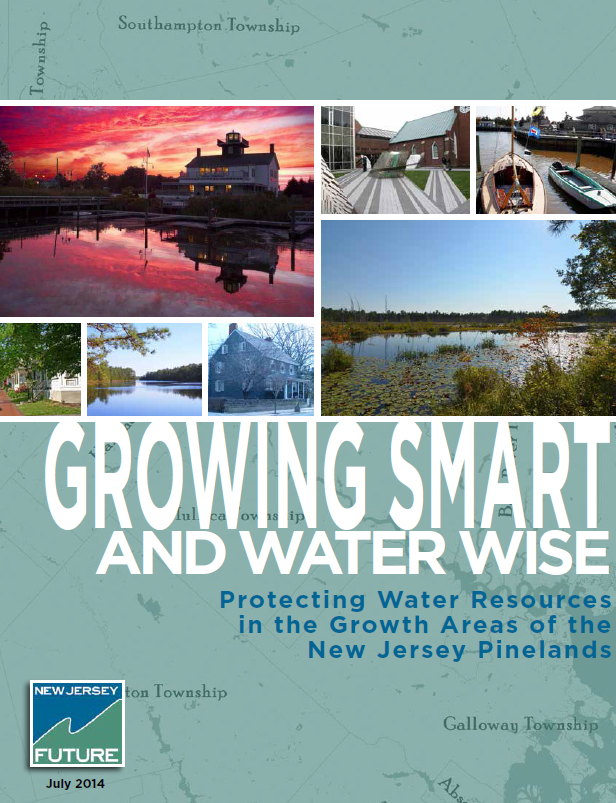New Jersey Future Blog
Seven Exemplary Projects, Plans Earn Smart Growth Awards for 2012
May 31st, 2012 by New Jersey Future staff
 Seven projects and plans, ranging from a mixed-use brownfield redevelopment in Harrison (Hudson County) to a shopping center transformation in Somerdale (Camden County) to an innovative alternative to traditional zoning in Hammonton (Atlantic County), have been selected to receive 2012 Smart Growth Awards from New Jersey Future.
Seven projects and plans, ranging from a mixed-use brownfield redevelopment in Harrison (Hudson County) to a shopping center transformation in Somerdale (Camden County) to an innovative alternative to traditional zoning in Hammonton (Atlantic County), have been selected to receive 2012 Smart Growth Awards from New Jersey Future.
- Since 2002, New Jersey Future has honored nearly 70 projects with Smart Growth Awards. Winners are selected from a statewide public nomination process by an independent jury of professional developers, architects, planners and redevelopment experts.
- Joseph M. Taylor, chairman and chief executive officer of Panasonic Corporation of North America, is the 2012 recipient of the Cary Edwards Leadership Award. Under Mr. Taylor’s leadership, Panasonic plans to move its headquarters operations in 2013 to a new site in downtown Newark as part of its effort to transform itself into an innovation leader in green business.
Smart Growth Leadership in City, Suburban and Rural Settings
While a suburban shopping center and a rural town might seem improbable locations for smart-growth development, they, along with this year’s other winners, offer strong examples of how smart-growth principles can be applied in any setting. This year’s winners are:
Shopping Center Transformation: Cooper Towne Center represents a successful effort by the Borough of Somerdale, Alberto & Associates and National Realty Development to revitalize Lions Head Plaza, an outdoor mall suffering from high vacancy rates, diffusion of focus, lack of coherent public space, poorly detailed facades and nonexistent walkable connections to the existing street network and nearby waterfront. The site has been redesigned, housing has been built adjacent to it and connections to the waterfront have been strengthened.
Innovative Participatory Plan: The discussion among residents of the Town of Hammonton over where a new town hall and police station should be built led to a renewed focus on strengthening Hammonton’s downtown. The organization Main Street Hammonton, using grants from the state, the Office of Smart Growth and New Jersey Department of Transportation, worked with Brown & Keener (a division of RBA) and the Municipal Land Use Center at The College of New Jersey to lead a public engagement process that resulted in development of a Form-Based Code – an innovative alternative to traditional zoning that uses physical form, rather than separation of uses, as an organizing principle.
Transit-Oriented Development Partnership: Gateway Transit Village meets several pressing needs in downtown New Brunswick: a central location for a larger university bookstore for Rutgers; more residential and mixed-use development near transit; and additional downtown parking for both commuters and office workers. This 24-story building—with retail, parking and office space in the “podium” and both rental and ownership residences in the tower—is the result of a collaborative effort by the New Brunswick Development Corporation, New Brunswick Parking Authority, New Jersey Economic Development Authority and Pennrose Properties.
Mixed-Use Brownfield Redevelopment: A redevelopment plan approved in 2003 allowed the Town of Harrison to re-zone its waterfront along the Passaic River from older industrial uses to a mix of uses, and required the environmental remediation necessary to develop the area. Through the efforts of Ironstate Development, Minno & Wasko Architects and Planners, and The Pegasus Group, a prominent site one block away from the Harrison PATH station is now home to Harrison Commons, the first project to be built under the redevelopment plan. This 275-unit residential rental building with 15,000 square feet of ground-floor retail will anchor the redevelopment of the entire area.
University-Neighborhood Center Revitalization: The McGinley Square Redevelopment Plan represents a successful effort to revitalize a distressed but active urban neighborhood in a way that provides maximum benefit to its diverse communities. Put together by the Jersey City Redevelopment Agency, St. Peter’s College and Trinity Choice Communities, the plan calls for construction of retail, restaurants and entertainment facilities, as well as affordable and workforce housing, on two surface parking lots; the development of several pocket parks; the conversion of a short block of a nearby avenue into a pedestrian-only festival street; increased connectivity via the construction of two new through streets; and the provision of new housing for St. Peter’s students.
Inter-Municipal Open Space Preservation: In 1929, the Passaic County Parks Commission recommended that “the abandoned Morris Canal would provide an excellent unbroken route for walking, hiking and horseback riding; and at the same time furnish a definite link between Garret Mountain Reservation, Preakness Valley Park and the Pompton Aquatic Park.” More than 80 years later, with a grant from the Association of New Jersey Environmental Commissions, matching funds from the Passaic County Open Space Trust Fund and support from the Canal Society of New Jersey and the Louis Berger Group, the Morris Canal Greenway Feasibility Study points the way to fulfilling the parks commission’s dream. The proposed Morris Canal Greenway would transform the Morris Canal right-of-way into a significant transportation corridor, connecting community centers, rail stations, bus stops and other pedestrian trails not only throughout Passaic County but in neighboring Morris and Warren counties as well.
Infill Strategies for Adaptive Re-Use: With support from the City of Newark and the New Jersey Department of Community Affairs, RPM Development Group has been instrumental in developing three small-scale infill revitalization projects that provide high-quality housing opportunities and enliven their neighborhoods. Each of the Newark Neighborhood Housing projects is tailored to the neighborhood and the residents it will serve. Two of the projects—Roseville Commons and Studebaker Lofts—are complete and are fully leased; the third, Richardson Lofts, is expected to come online soon.
Nominees for Smart Growth Awards are judged against the following criteria:
- located near existing development and infrastructure;
- increase the range of housing options;
- create or enhance a vibrant mix of uses (residential, retail, office);
- protect open space, farmland and critical environmental areas;
- create or enhance choices for getting around;
- create walkable spaces, designed for personal interaction; and
- respect community character, design and historic features.
Honorees will receive their awards at a gala reception at the Newark Club on June 7. For detailed descriptions of this year’s and previous winners, as well as additional information about the Smart Growth Awards celebration, please visit our website.
















